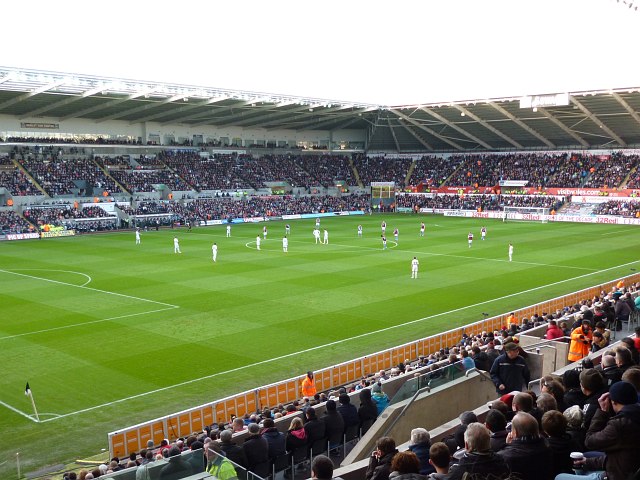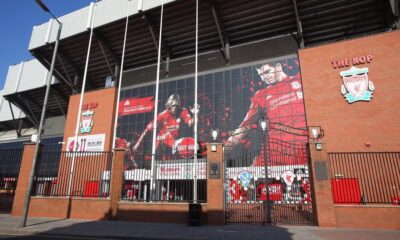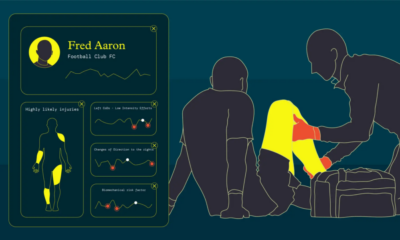Features
Astroturf and the Next Generation of Artificial Pitches
Astroturf has been around the world of sports since the 1960s and today it is used by a number of top sporting institutions across the globe.

Image source under cc-by-3.0
Astroturf has been around the world of sports since the 1960s and, in spite of early cynicism that an artificial pitch could ever match – or surpass – the natural qualities of grass, today it is used by a number of top sporting institutions across the globe.
These pitches have evolved over the decades to now be considered as a superior option for a wide variety of sports, ranging from baseball and cricket to football and rugby. Of course, such artificial surfaces do require an outlay to set up and prepare, but this start-up cost tends to be rapidly repaid thanks to a number of reasons, both sporting and financial.
A brief history of artificial pitches
Even from a near distance it can be difficult to tell the difference between grass and artificial pitches. Synthetic surfaces are created from fibres that look and react just like grass and over the years they have become ever more realistic. Since the first use of Astroturf (that has become a general colloquialism for all synthetic pitches) in the 1960s, there have been substantial improvements over the ‘generations’ that have followed.
These are typically referred to as 3rd generation, where the turf also employs in fills of sand to add a greater degree of realism, to 4th generation that adds recycled rubber to make the pitch more malleable and realistic underfoot.
Artificial pitches today
At elite level, artificial pitches are often used where permitted by the sport’s governing associations. Some sports actively discourage its use out of conservative traditions or in an effort to keep every team literally playing on the same surface, whereas others are far more open-minded, leaving the decision to individual teams and clubs. Artificial pitches are often found at grassroots level such as football 5-a-side and tennis clubs, as they allow a number of advantages over traditional grass or hard surfaces.
Three key advantages of artificial pitches
Here’s three reasons why Astroturf has proven so popular an option with clubs of all sizes:
• These pitches are all-weather and do not churn up or become waterlogged like grass surfaces thanks to the drainage system that is a common feature in all 4G installations. This allows the pitches to be in use throughout entire days and seasons, reducing the need for fixtures to be postponed and maintaining a reliable stream of revenue when leased out.
• Despite being in near constant use, these surfaces require little in the way of day-to-day maintenance. This makes them more cost-effective while also being a consistent and reliable pitch for all those who use them. They also retain line marker paint and spray just as boldly as grass pitches, making them suitable for referees too.
• The inherent efficiency of these pitches lies in them also being more sustainable. They require very little water, have a good lifespan if well looked after and can even be recycled when reaching the end of their useful life.
It’s no surprise that modern artificial pitches are so popular with small clubs and being associated increasingly with top level sports. Primarily this is because todays synthetic pitches are so close to the real thing that the difference is now miniscule, and far outweighed by the practical benefits. Football, golf and tennis have all seen artificial surfaces becoming more common place.

A good example of a modern artificial pitch being used successfully in an elite context is at Swansea City’s Liberty Stadium, who can now play their home fixtures confident in the knowledge that their pitch is always going to be fit for use (the pitch is also used for the Ospreys Rugby Team).
They assert that not only does the reliability of the surface improve the quality of the football and rugby that they can play, but importantly that it is also open to use by other local teams to play and train upon throughout the week. In terms of community outreach this is a significant development that may well pay excellent dividends in the future for the Swans and football generally in the area.





















